The Dolomites are a mountain range in north-eastern Italy, named after the French geologist Déodat de Dolomieu who first described the fossilised coral reefs and volcanoes that formed the geological layers. Due to shifts between continental plates, uplifting, folding and weathering, the Dolomites are a spectacular combination of rugged rocks and hilly, green mountain pastures.
We tried to combine as many cycling trails as possible to minimise riding on roads during the Italian holidays.
Starting point was the train station in Lavin, Switzerland. The first 3 days we cycled along the river Inn to prepare our muscles for the hillier terrain.
View of Guarda. The towns in the lower Engadine valley are all on the sunny side of the valley, not so flat for cycling!
Scuol, one of the last villages before the Austrian border.
Telfs, where the hotel provided a bike cleaning/repair station. Fabulous!
Lunch in Innsbruck. Above, the city's most famous symbol, the golden roof. Completed in 1500, the roof was decorated with 2,657 fire-gilded copper tiles for Emperor Maximilian I.
The menus in Austria are sometimes difficult to understand even if you speak German. Some desserts are called "palatschinken", but "schinken" is ham. Topfen has nothing to do with pots, fiaker (gulasch) is not a type of meat but a horse-drawn carriage. Tafelspitz is not the corner of a table but a meal with beef and vegetables. This one was delicious, but I cannot remember the name.
Our first serious incline: up the Wipptal Valley and over the Brenner Pass into Italy.
Small lake on top of Brenner pass, surrounded by highways, train tracks and a locomotive inter-change (due to different electrical systems in Austria/Italy).
The old train tracks on the Italian side were converted into a cycling trail with the abandoned train stations along the way.
This crazy fortress, the "Franzensfeste", was built between 1833 and 1838 by the Austrian Emperor to keep Napoleon's army out of Austria. It was never attacked. Mussolini and Hitler used it during WWII to hide gold reserves.
Riding up the Puster and then the Dobbiaco Valleys. Even though Italy is experiencing a drought, it is still so green!
....and the famous Tre Cime di Lavaredo.
Churches in the Dolomites seem to always have a fountain with cold drinking water. So easy to find and refill!
Another day and another mountain pass: Passo Staulanza. This is what is so fantastic about the Alps: there is always a restaurant on top with great food!
The lake of Alleghe was created by a huge landslide in 1771 and the town was entirely submerged (and still there at the bottom of the lake). The new town was built along the shores of the lake.
Very comfortable start to the day along the Cordevole River.
La Fosina, a shop in Sottoguda, has been family run since 1923, carrying on the tradition of wrought iron craftmanship. The sculptures are stunning!
We locked up the bikes an took another cable car (Kirsten thinks it's my obsession!). This must be one of the steepest ones I have ever been on! From Malga Ciapela to Marmolada (3,343m).
We both felt dizzy and it was cold. Lucky we came prepared!
Half way to Passo Fedaia, we found this little hotel, which allowed us to break up the climb.
Marmolada cable car station on the left and the collapsed glacier on the right.
Fassa Valley cycleway: clear water, gorgeous forests, off-road cycling and plenty of picnic spots.
The narrow valleys in the Dolomites are dotted with remote little towns on the sunny side of the hills.
We always tried to eat where the locals eat. This was one of our best meals: home-made ravioli, Carne Salada del Trentino (a local specialty) and a fresh mixed salad.
The road to this hill town was very busy, so when we saw two mountain bikers coming down this path, we thought it was a good idea. Lucky we don't mind pushing!
Trento is apparently one of Italy's wealthiest and most prosperous cities with a colourful history and some amazing buildings!
After riding through the bustling ski- and hiking-resort of Andalo, Molveno was much more appealing: a small town on a gorgeous lake with a relaxed atmosphere.
It seems, you cannot just have pre-dinner drinks in the Dolomites; they always come with salty nibbles, ...
... after which, there is not much room for dinner. Yes, that is a caprese salad in a wine glass! One has to adapt to what is available.
Val Rendena cycleway - it is amazing how much off-road cycling northern Italy is providing these days....
... even with purpose-built expensive bridges.
Whenever a town had a cable car going up to the nearest peak, I wanted to go up. There is no better way to spend the late afternoons than with a fabulous view, a small hike to relax the cycling muscles and to see the next day's route!
Our climb up to Passo del Tonale was on a very hot day and mostly on a busy road. Not the best part of our ride!
Passo del Tonale must be one of the least-impressive mountain passes I have ever seen! It is littered with tall, ugly buildings and the main road is super narrow and busy.
Descending into Tirano was like entering an oven! The heat and traffic was unbearable, so we caught the next Bernina Express, back to the Swiss Alps.
From Pontresina, we decided to spend a day hiking up to the Morteratsch glacier. This photo shows where the tongue of the glacier was in 1970, now it is barely visible on the image. A university study revealed that the glaciers in Switzerland lost 50% of their volume since the 1950s and 6% in the summer of 2022 alone!






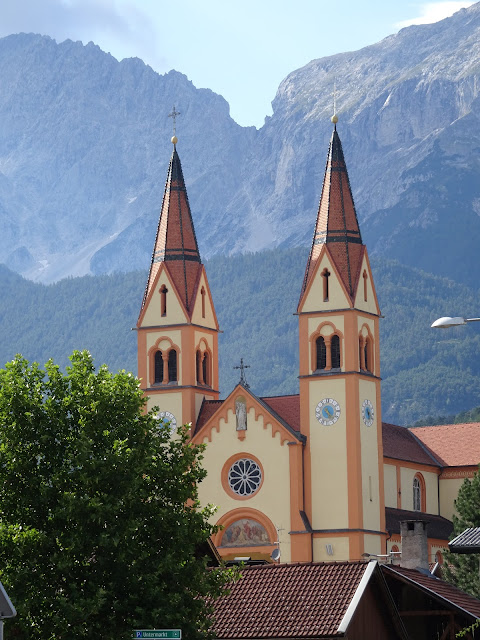




























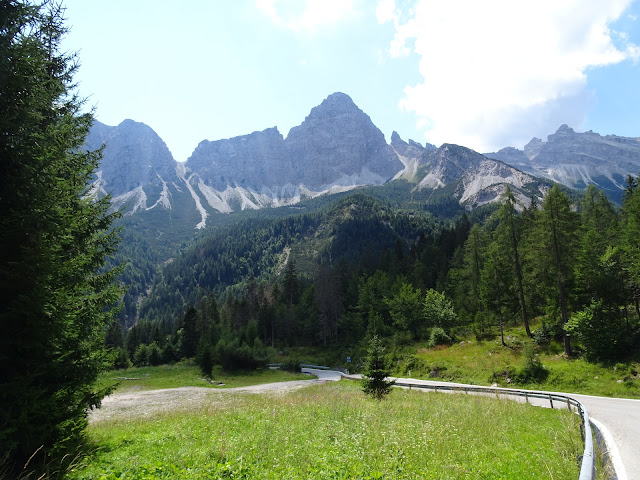


















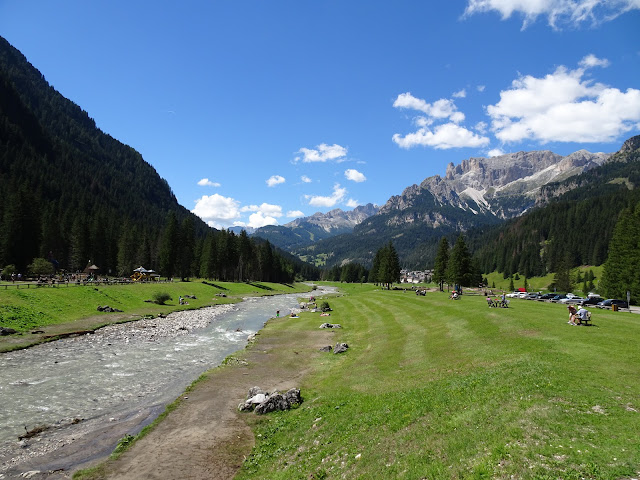















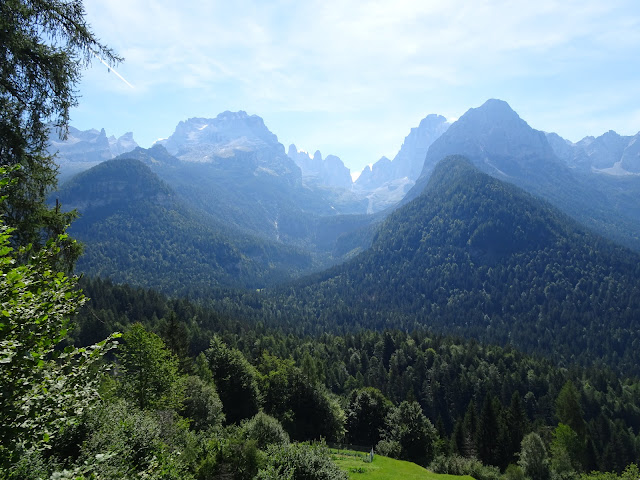






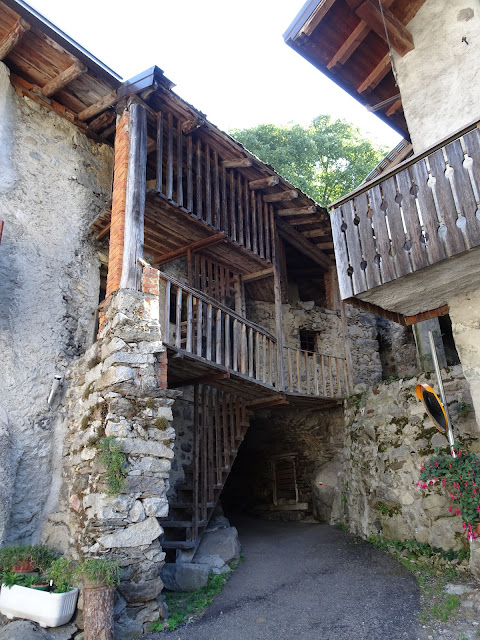





No comments:
Post a Comment